65 Fascinating Facts About the Dominican Republic

The Dominican Republic is a vibrant Caribbean nation with a rich history and culture. Located on the island of Hispaniola, it shares the island with Haiti. From its days as the site of the first permanent European settlement in the Americas to its modern-day status as a popular tourist destination, the Dominican Republic has a fascinating story.
Here are 65 interesting facts about the Dominican Republic, a diverse country:
History & Politics
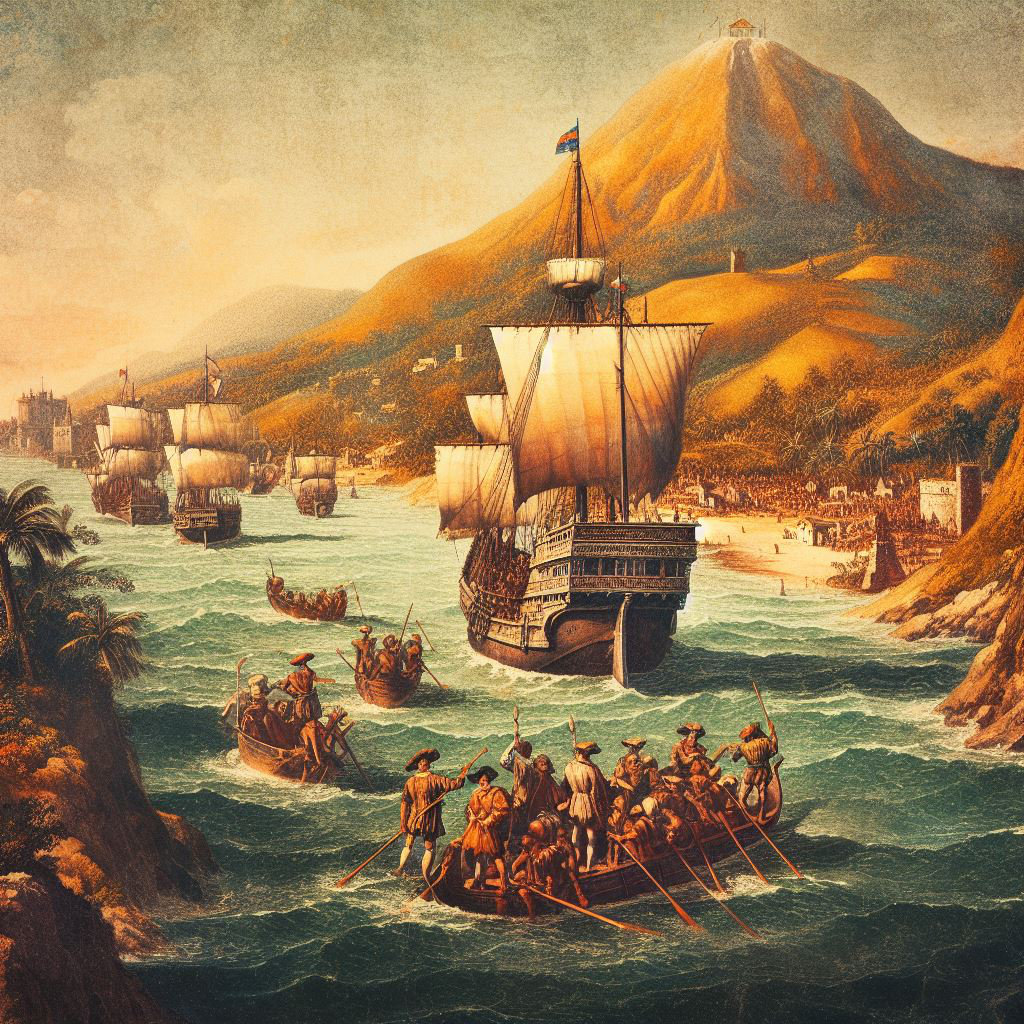
- The Dominican Republic occupies the eastern two-thirds of Hispaniola, the second-largest island in the Caribbean.
- Hispaniola was the site of the first permanent European settlement in the Americas, established by Christopher Columbus in 1492.
- Santo Domingo, founded in 1496, is the oldest continuously inhabited European settlement in the Americas.
- The Dominican Republic was known as Santo Domingo for most of its history until its independence in 1844.
- The Dominican Republic shares the island of Hispaniola with Haiti, the only island in the world shared by two countries.
- The Dominican Republic gained independence from Haiti in 1844 after 22 years of Haitian rule.
- The Dominican national flag, designed in 1844, is the only one in the world containing a bible.
- The Dominican Republic has historically had periods of political instability and authoritarian rule, but has been a representative democracy since 1978.
- Baseball is the national sport, merengue the national dance, and the palmchat the national bird.
Geography & Nature
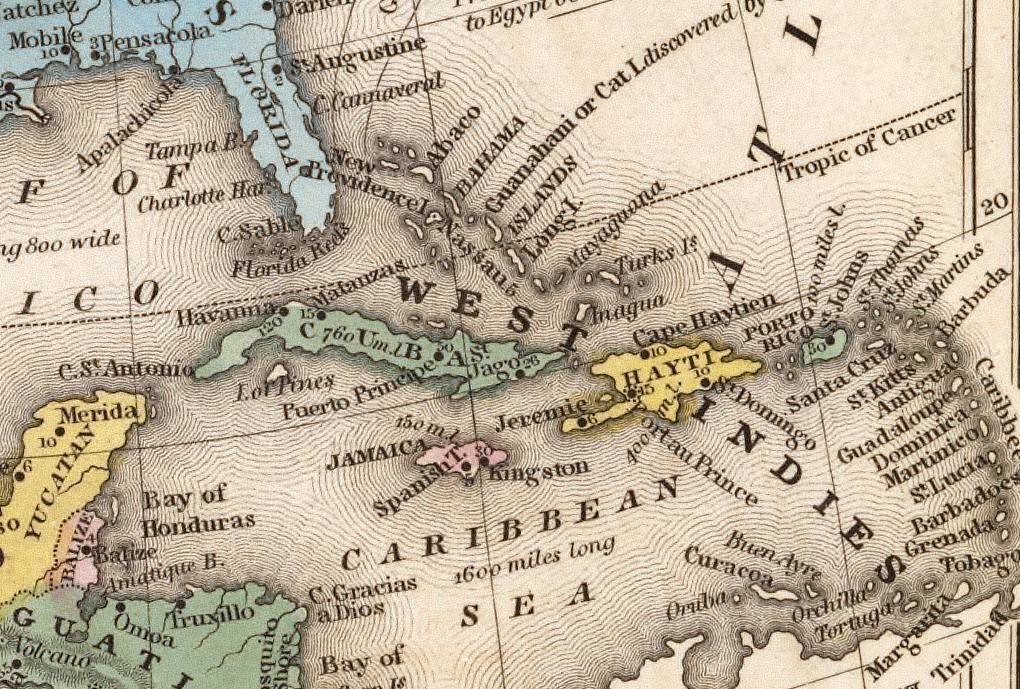
- With an area of 18,792 square miles, the Dominican Republic is about the size of Vermont and New Hampshire combined.
- The highest peak is Pico Duarte at 10,164 ft, also the highest in the Caribbean.
- Lake Enriquillo, at 148 ft below sea level, is the lowest point in the Caribbean.
- The Dominican Republic has four major mountain ranges running west to east.
- Significant rivers include the Yaque del Norte, Yuna, Ozama, and Yaque del Sur.
- The island has deserts, rainforests, waterfalls, caves, and coral reefs, with a very diverse ecosystem.
- 25% of the Dominican Republic’s coastal areas and forests are protected lands.
- From January to March, humpback whales migrate to Samaná Bay to mate and give birth.
- The rhinoceros iguana and solenodon, rare species, are only found in the Dominican Republic.
- The bayahibe rose and the mahogany tree is the national flower and tree.
- Los Haitises National Park features striking limestone rock formations surrounded by mangroves.
Economy & Industry
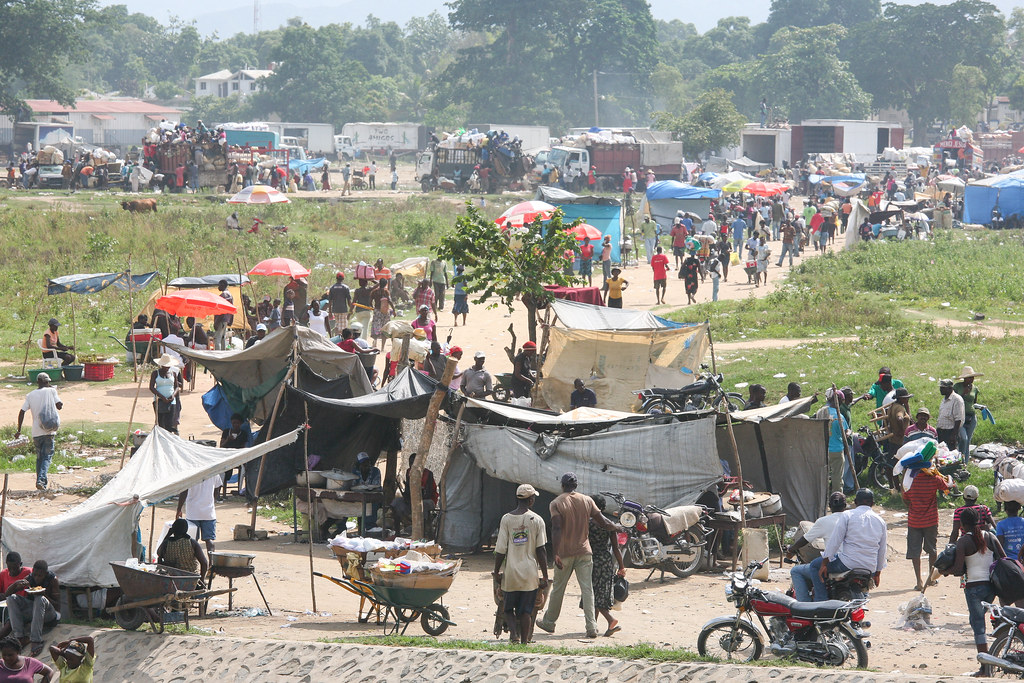
- The Dominican Republic has the largest economy in the Caribbean and Central American region.
- Key exports are gold, nickel, sugar, coffee, cacao, tobacco, and rum.
- Tourism, telecommunications, mining, and manufacturing are important sectors of the economy.
- The country is among the top 10 largest producers of organic bananas in the world.
- Free Trade Agreements exist with the U.S. and Central America and the European Union.
- Around 7 million tourists visit the Dominican Republic annually, mostly from the U.S. and Canada.
- The amber and larimar stones are only found in the Dominican Republic. Larimar is a rare blue pectolite.
- Dominican rum is a popular export made from unique distilling and aging processes.
- Coffee production was introduced in 1735 and is today an important agricultural export.
- Sugar was historically the dominant export crop and is still grown extensively today.
People & Culture
- The population of the Dominican Republic is approximately 10.8 million.
- Spanish is the official language, with English spoken in many tourist areas.
- Most Dominicans are of mixed European, African, and indigenous Taíno descent.
- Important immigrant groups include Arabs, particularly Lebanese, Chinese, Japanese, and Koreans.
- Around 85% of Dominicans live in urban areas, mainly in the capital Santo Domingo.
- Typical dishes include rice, beans, plantains, meat stews, seafood and tropical fruits.
- Family is very important in Dominican culture and extended families often live together.
- Merengue and bachata music are internationally popular Dominican musical genres.
- Carnival is celebrated in February with colorful parades, costumes and street parties.
- Dominican baseball stars like David Ortiz, Albert Pujols and Juan Marichal are national heroes.
- The Dominican Republic has produced fashion designers like Oscar de la Renta.
- Popular religion is a mix of Catholicism and African-influenced voodoo beliefs.
- Cockfighting is a traditional Dominican pastime that still enjoys popularity today.
Landmarks & Places to Visit
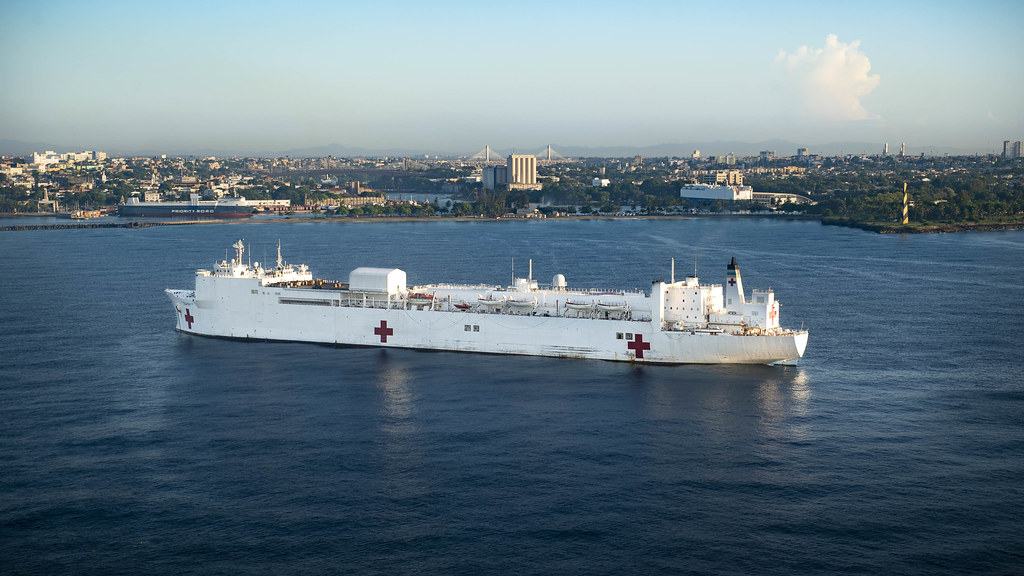
- Colonial City in Santo Domingo is a UNESCO World Heritage Site with historic buildings and architecture.
- The Faro a Colón, honoring Columbus, is a massive lighthouse containing the explorer’s remains.
- The 27 Waterfalls of Damajagua is a popular area for hiking, climbing, and jumping into clear pools.
- Altos de Chavón is an artist’s village modeled as a 16th-century Mediterranean town.
- The Amber Museum in Puerto Plata contains pieces with ancient insects and plants embedded inside.
- Top beach destinations include Punta Cana, Puerto Plata, Bávaro, and Juan Dolio.
- The Basilica Cathedral of Santa María la Menor in Santo Domingo is the oldest cathedral in the Americas.
Unique Facts
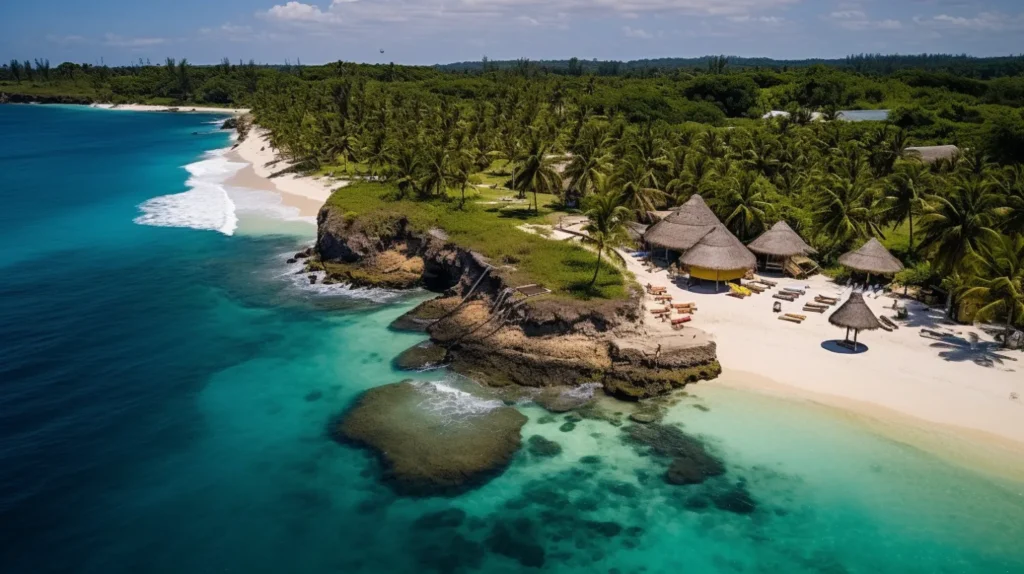
- The Dominican Republic is the only nation to produce larimar, a rare blue pectolite gemstone.
- An amber museum contains the fossil of a prehistoric mosquito inside a stone.
- It’s common to get chewing gum instead of small change when paying cash at shops.
- Loud and constant honking in traffic is normal and doesn’t necessarily signify anger.
- Being late to social events or appointments is culturally accepted and not rude.
- The “Polo Magnético” or Magnetic Pole is an area where balls appear to roll uphill due to an optical illusion.
- It’s illegal for men and women to kiss in public view of a police officer.
- The Dominican flag’s red, white and blue represent independence heroes’ blood, salvation, and freedom.
- La Bandera Dominicana meal is named after the flag and made of the same colored ingredients.
- An annual feasting celebration called La Mangulina is held in the town of Juan Dolio each November.
- Brugal and Barceló are two of the most popular and respected rums produced in the country.
- Carnival floats are vibrantly decorated using Papier-mâché in crafting intricate designs.
- Dominican Spanish has its own unique vocabulary and slang words such as “chévere” (cool) and “yipeta” (wow!).
- Los Tres Ojos is a cave system with breathtaking limestone formations and three lakes.
- Visiting family graves and holding vigils on All Saints Day is an important tradition.
The Dominican Republic clearly has no shortage of diversity, from its landscapes to its culture and people. These facts only scratch the surface of what makes this Caribbean nation so colorful. Its rich history, natural beauty, vibrant culture and warm hospitality continue to draw visitors from around the globe.





